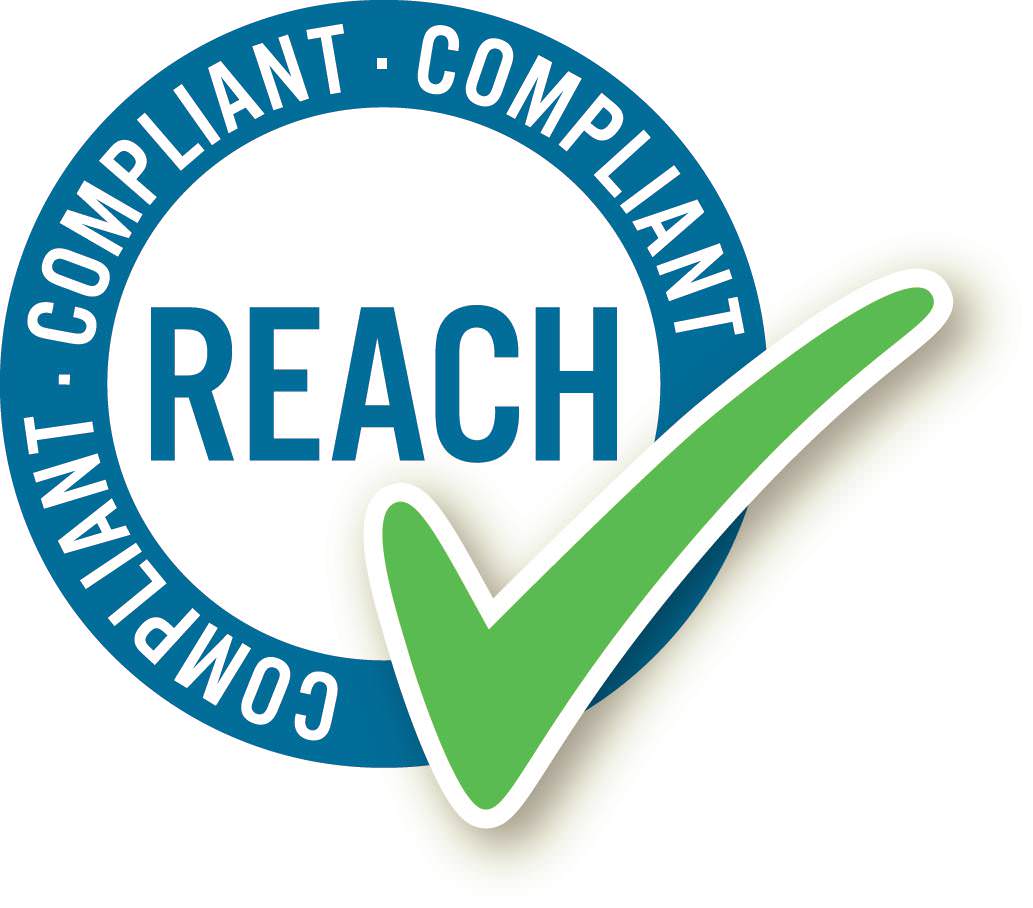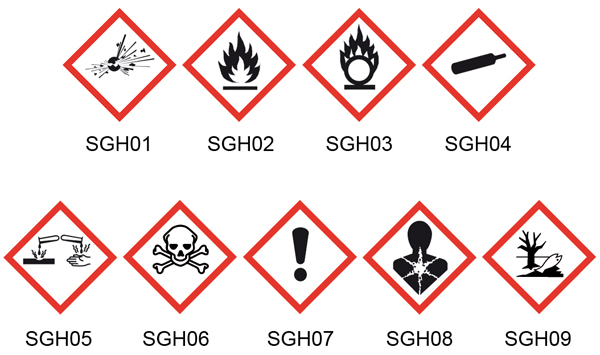How can you be sure that the products you buy are not harmful to health or the environment?

Industrial product packaging displays a wide range of icons regarding the quality of products and their level of compliance with environmental or production standards. But which of these are officially recognised, and which can you really trust?
The REACH regulation can help solve this problem.
Definition: The EU REACH (Registration, Evaluation and Authorisation of Chemicals) regulation
The REACH regulation came into force in 2007 in order to list and monitor chemical substances that are manufactured, imported and/or marketed within the European market. This regulation safeguards the manufacturing and use of chemical substances throughout European industry.
Its scope includes public health, occupational health and the environment.
REACH has three main aims:
-To safeguard public health and the environment against the potential risks posed by chemical substances.
-To be transparent with regard to the nature and risks posed to users by suppliers’ toxic substances.
-To safeguard the handling of chemical substances by employees.
What is the CLP (Classification, Labelling, Packaging) directive?
The CLP directive was introduced to ensure the REACH regulation was observed. Covering classification, labelling and packaging, the CLP is an EU regulation designed to verify that products containing chemicals are not harmful to public health or the environment. To do this, it requires that the labels and packaging of products subject to these regulations (medicinal products, cosmetics, food products, etc.) display warning icons regarding the risks of certain ingredients/manufacturing components.

This is the list of valid icons within the CLP regulation. They can be found on the packaging of the products you purchase.
A list of raw materials considered dangerous but which may be present in consumer products at very low threshold levels exists. If these threshold levels are exceeded, the products cannot be released for sale.
A second directive, known as the RoHS or lead-free directive, has been introduced to complement the REACH regulation.
What is the lead-free directive?
Since 1 July 2006, all electric or electronic products sold within the European Union must meet the requirements of the RoHS regulation (Restriction of the use of certain Hazardous Substances in electrical and electronic equipment). The purpose of the RoHS directive is to limit the use of six dangerous substances in electric and electronic equipment. These six substances should only be present in amounts of up to 0.1% per unit of weight of uniform material.
- Lead, used in batteries, televisions and screens
- Mercury, used in lamps and batteries
- Cadmium, used in batteries, alarm systems and nuclear control rods
- Hexavalent chromium, used in photography and paint
- Polybrominated biphenyls, used in plastics
- Polybrominated diphenyl ethers, used in electrical goods
Unfortunately, many companies still do not respect these regulations... On 18 November 2019, the European Chemicals Agency (ECHA) published the results of a project focused on chemical substances. The agency revealed that of the 682 products provided to perform the experiment, 84 were not compliant with EU standards. This is extremely worrying given that these are mass-produced consumer goods, such as clothing, electrical or electronic goods, and even home decor products!
At Armor Print Solutions...
Safeguarding the environment and the health of our customers is our priority. As such, we regularly test our printer cartridges to ensure that they are compliant with EU regulations. In the case of printer cartridges, for example, we must ensure that the quantity of plastic materials used and the chemical substances contained in toner powder are below a specific threshold. We also remain alert to new developments, as new materials are regularly declared ‘harmful to health and the environment’. We must ensure that we are constantly up to date when choosing the components in our printer consumables.
We systematically check that the suppliers and distributors with whom we work comply with the REACH and RoHS regulations to demonstrate that the products we use throughout our manufacturing chain are compliant and are not harmful to either health or the environment.
An MSDS (Material Safety Data Sheet) confirming the composition of materials is also provided to confirm our choice of components.
We have taken this approach even further by verifying volatile components during printer cartridge production in order to protect the staff in our factories and safeguard air quality at work.
To achieve this, we have taken steps to measure and limit employee exposure to production anomalies, such as pollutant trapping with sensor boxes, the ventilation of work premises and the provision of personal protective equipment.

